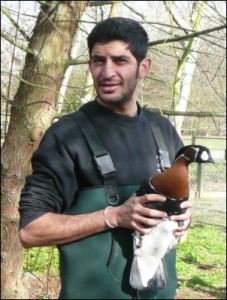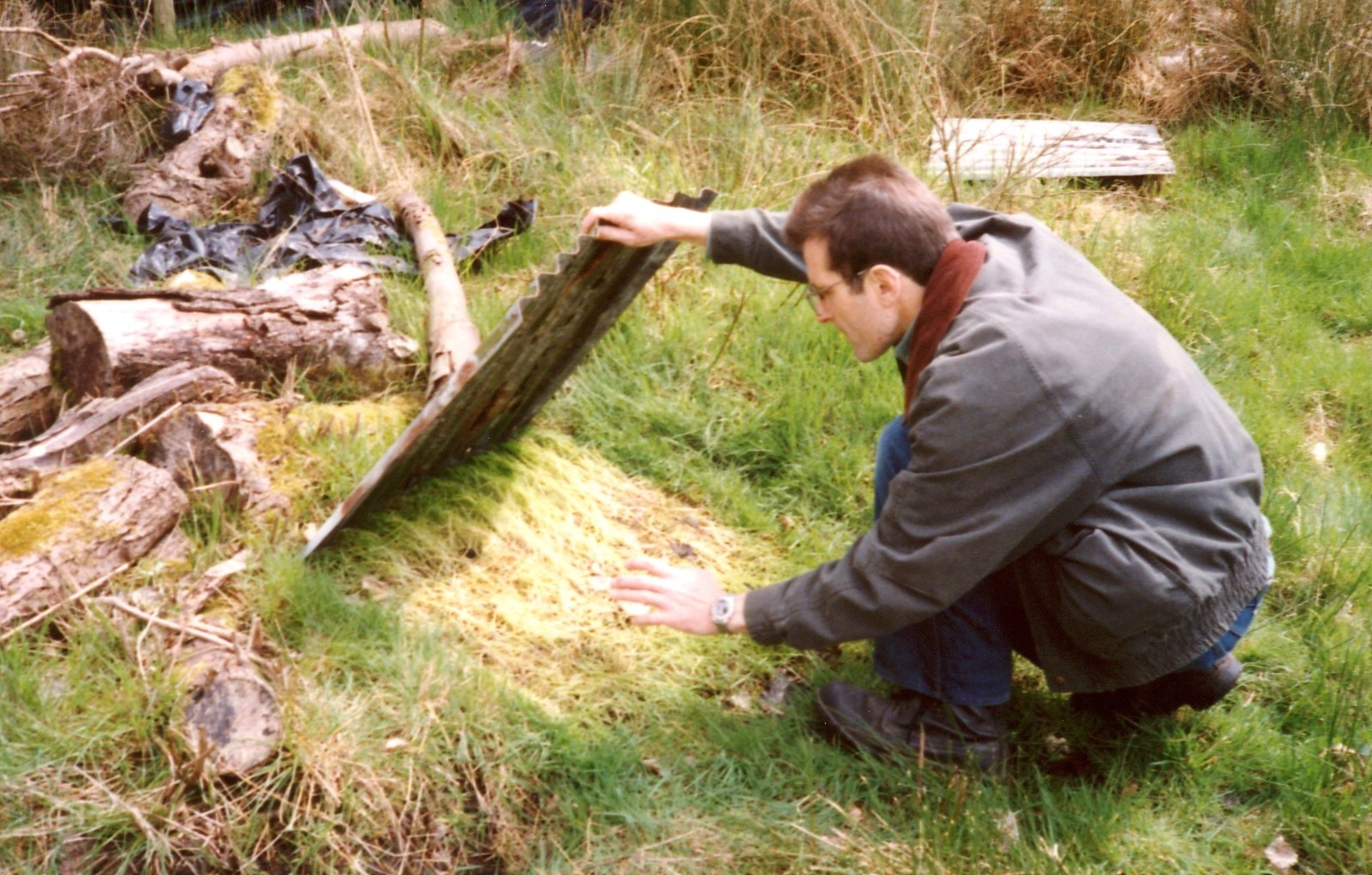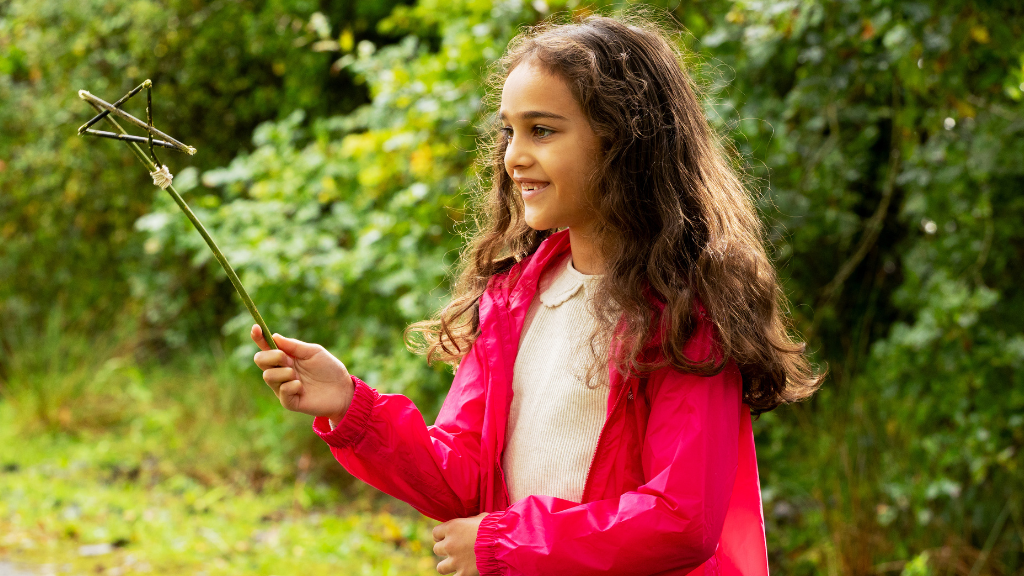A clean bill of health
Guest blog by London Wetland Centre Volunteer Jenny Shalom

One of my favourite volunteering opportunities at the London Wetland Centre is helping with the World Wetlands birds' health check.
Several members of staff and volunteers at the London Wetland Centre gather to perform this twice-a-year ritual. The aviculture team and volunteers make their way to The Lodge while the "Catch Team" bedeck themselves in an array of waterproof gear. Now, the birds need to be caught: this is sometimes harder than you'd think. Although the wardens are wearing chest waders, some of the deeper pools still need to be drained so that they can reach the birds. Starting in 'Tundra', the team round up most of the barnacle and red-breasted geese, the long-tailed and European eider ducks and the American wigeon into a corral.
To keep them calm, the birds are left in carpet-lined crates in the shadows of the Lodge for a while. While the catching is going on outside, the vets, who have travelled down from WWT Slimbridge, set up in The Lodge. Each bird is presented to them and laid sideways on a pillow. Females facing right and males left, because female birds are ringed on their left leg and males on the right leg. Ring numbers are checked, read out, and logged. Then their blood samples are taken, their general condition checked, and any necessary jabs given - and the birds are then returned to their pools in World Wetlands.
During the day, we progress through the various World Wetlands areas. Iceland follows Tundra and the feathers of an eider duck's neck against your own neck, if it happens to put its head up and touch your bare skin, are so soft. My appreciation of bird plumage is certainly enhanced. Ringed teal from South America have the most delicate plumage supporting the adage of less is more - subtle and sophisticated. And the comb duck from South America have wonderfully iridescent feathers. Shoveler have amazing "filtering‟ teeth along their bills. One of my favourite species is the white faced whistling duck from Africa. They seem happier when they can see another of their kind when they're being held in the hand. As are the swan pairs.
Swans have their own 'jackets' to restrain them to prevent them harming themselves and are processed quickly so as not to keep them constrained for longer than necessary. After lunch, one of the more challenging areas for the catch team is the Coniferous Wooded Wetland which holds the smew and goldeneye, both expert diving ducks and feisty with it. Birds and people come into the cabin rather muddy after that particular catch! Smew like to nibble anything they can get their beaks to and their bite is sharp so it's useful that extra fabric from the long arms of the protective suits is to hand.
The health check takes two days and is a very important part of taking care of these birds. So, apologies if some of the birds are missing from World Wetlands for a while when you visit during those days, but they'll soon be back, and with a clean "bill of health"!
This blog post was adapted from an article in our staff and volunteer newsletter.
Find out more about Volunteering at London Wetland Centre



